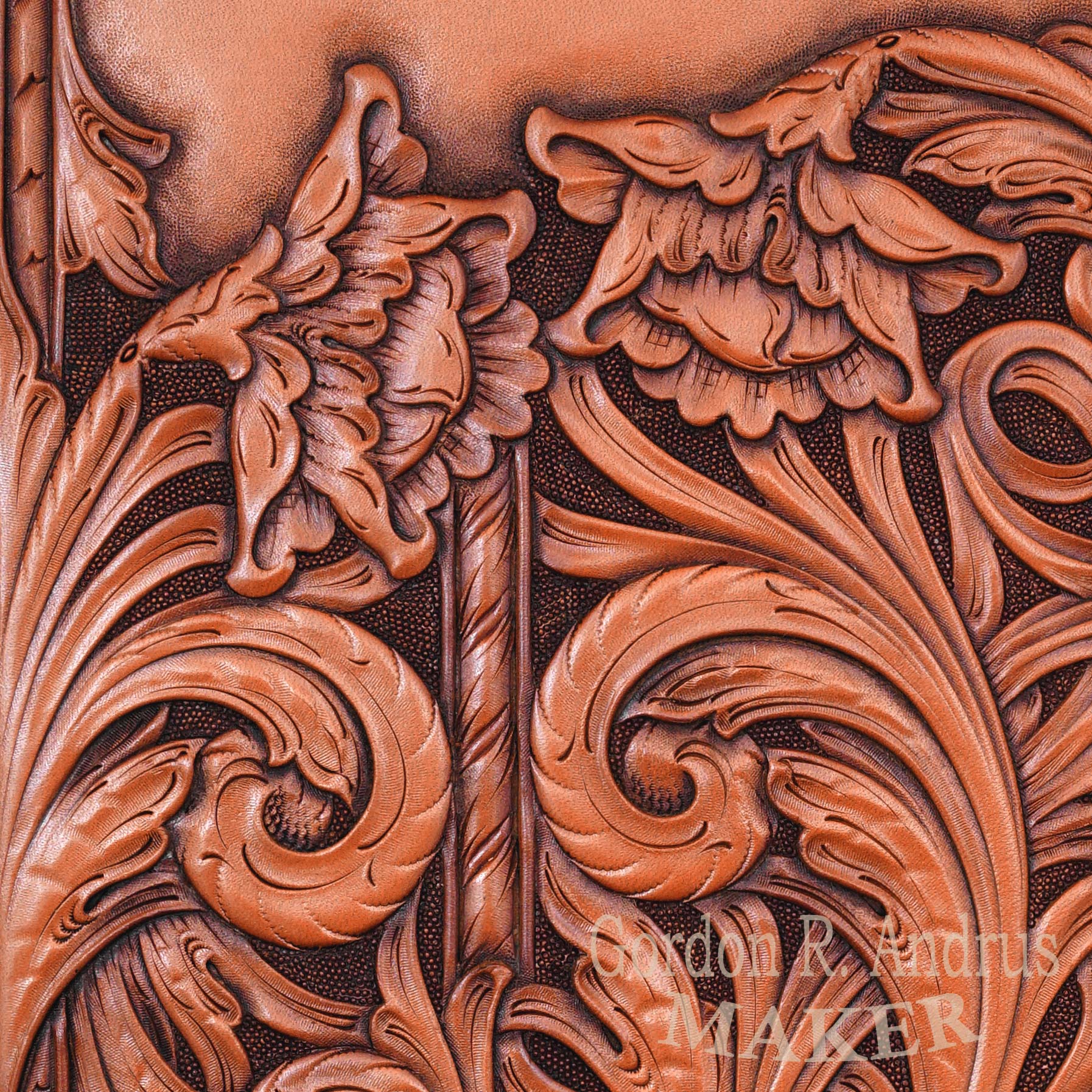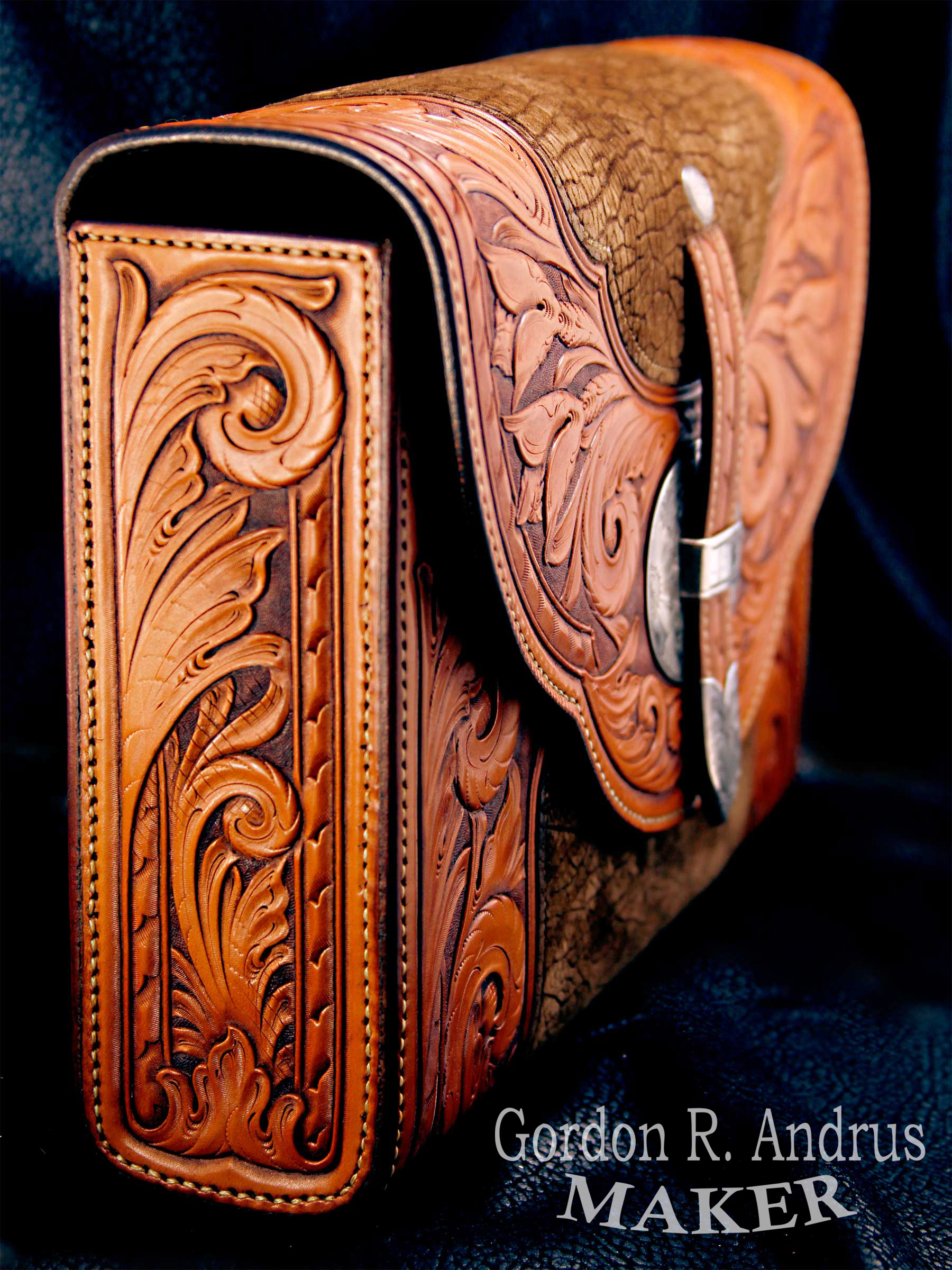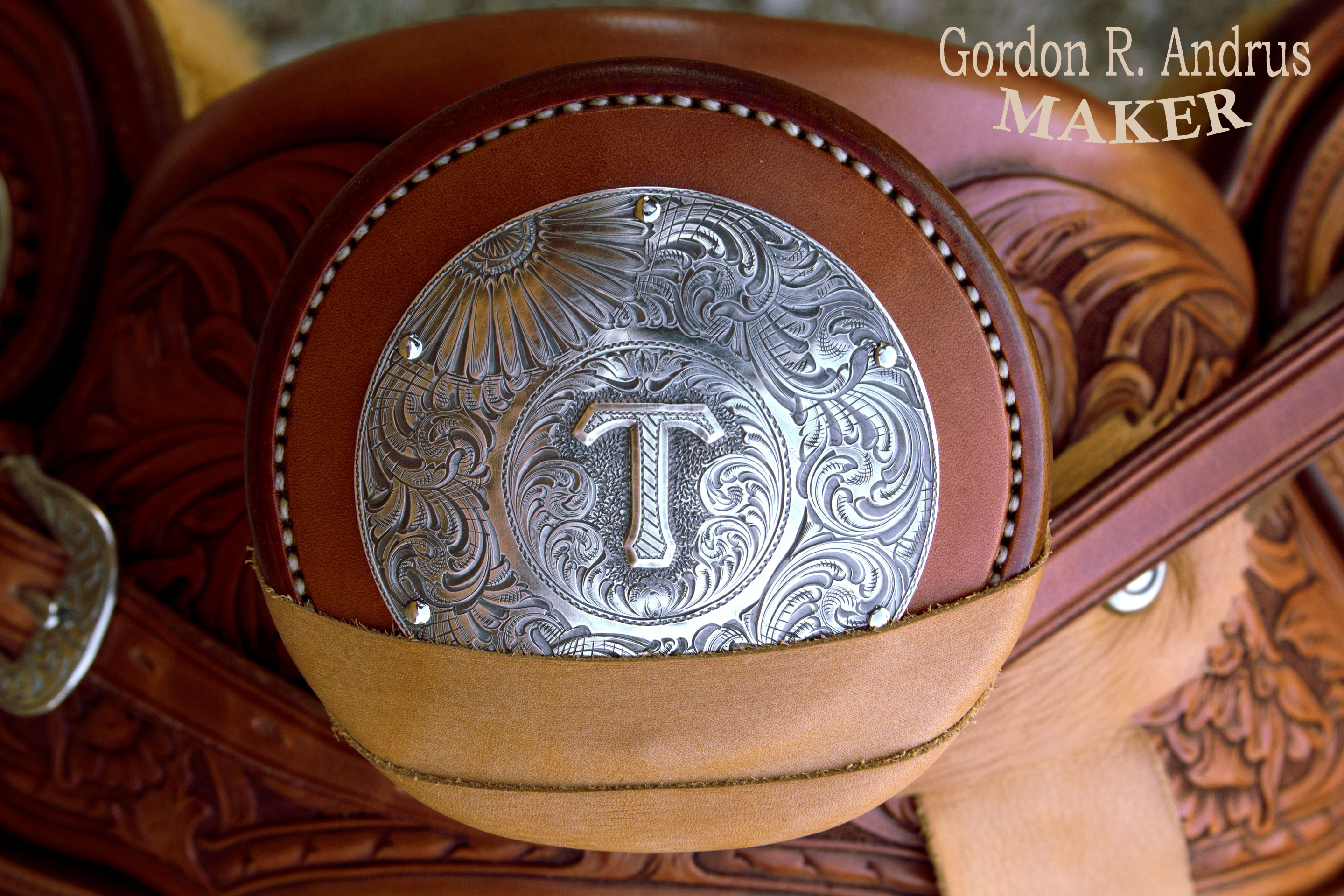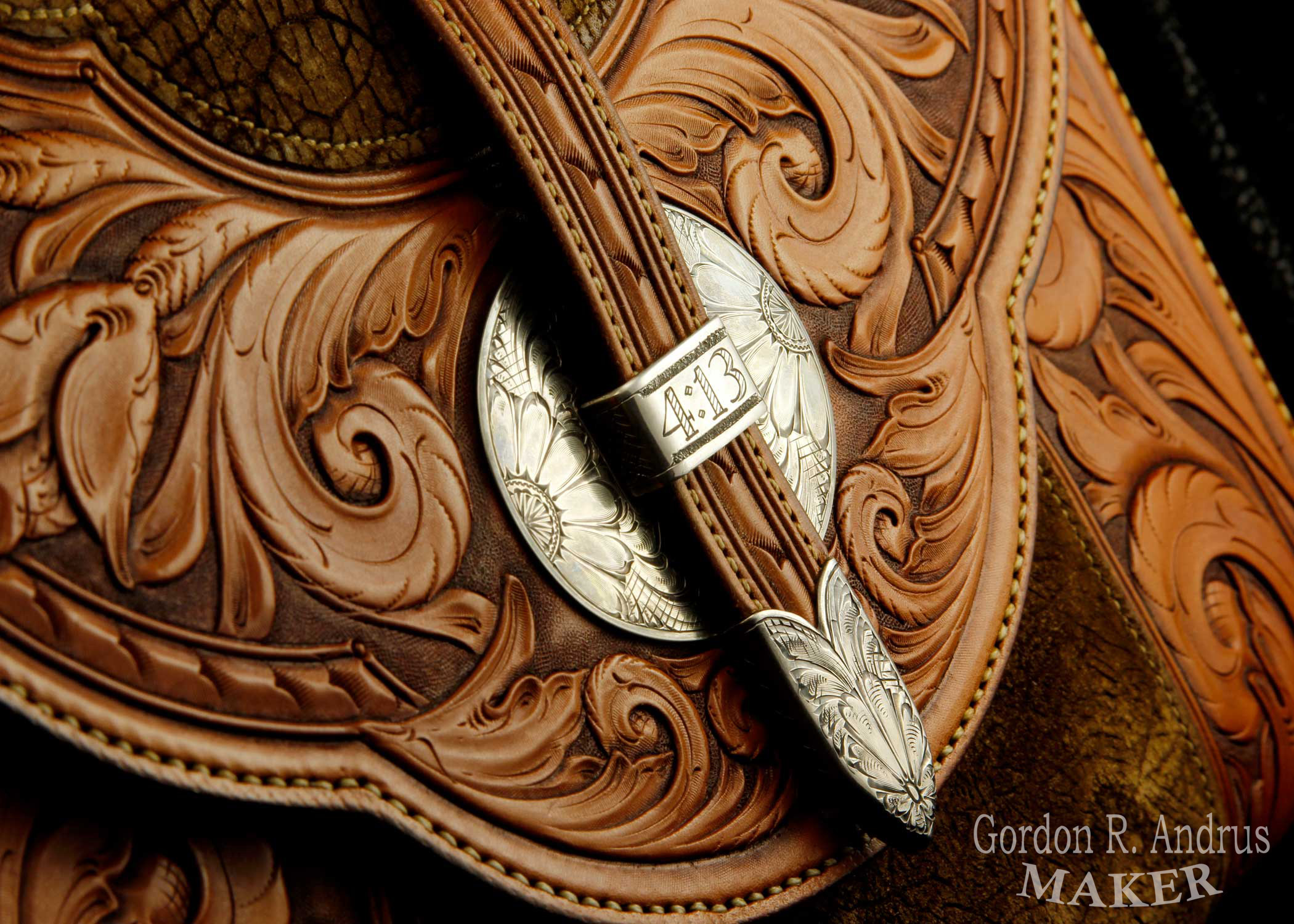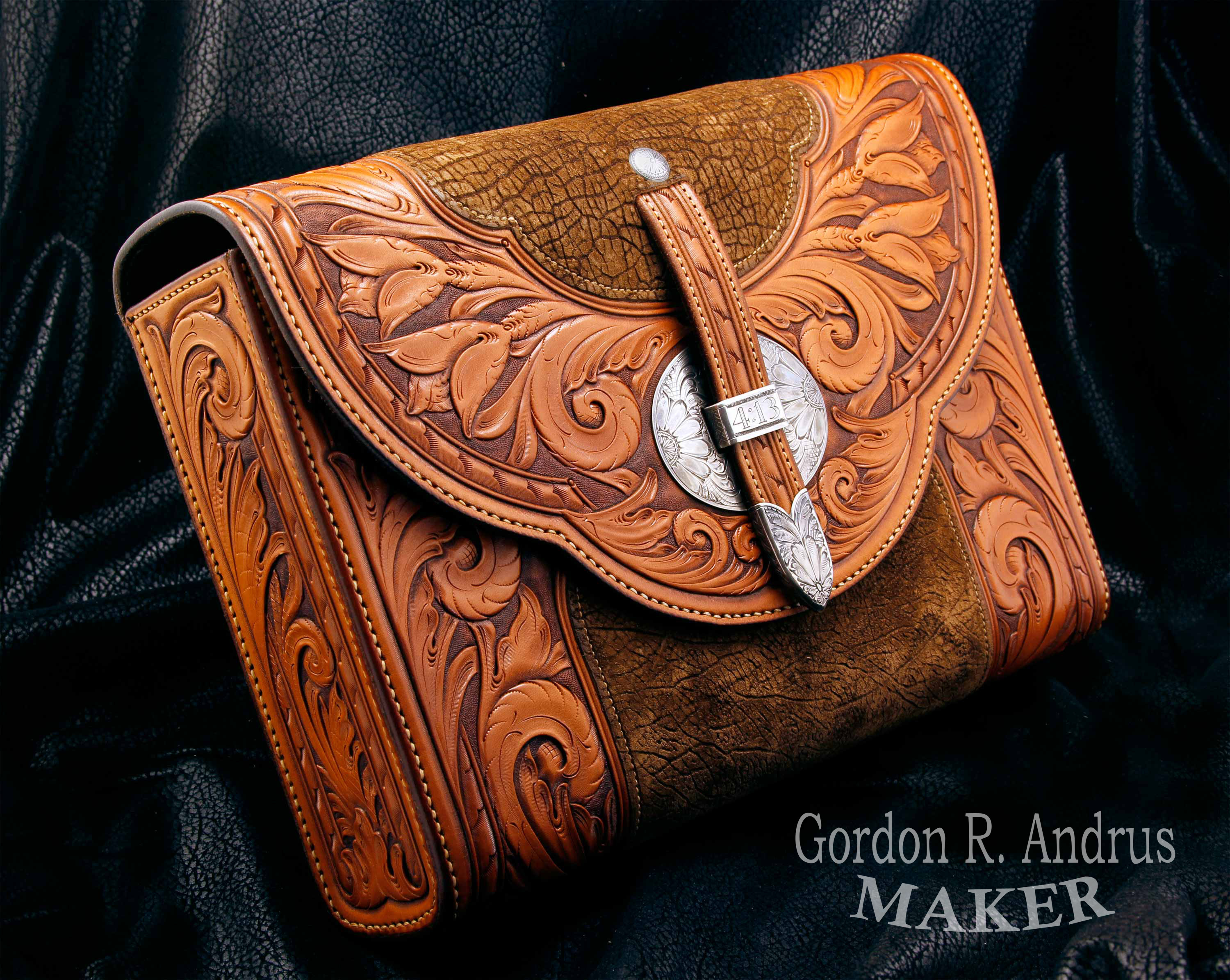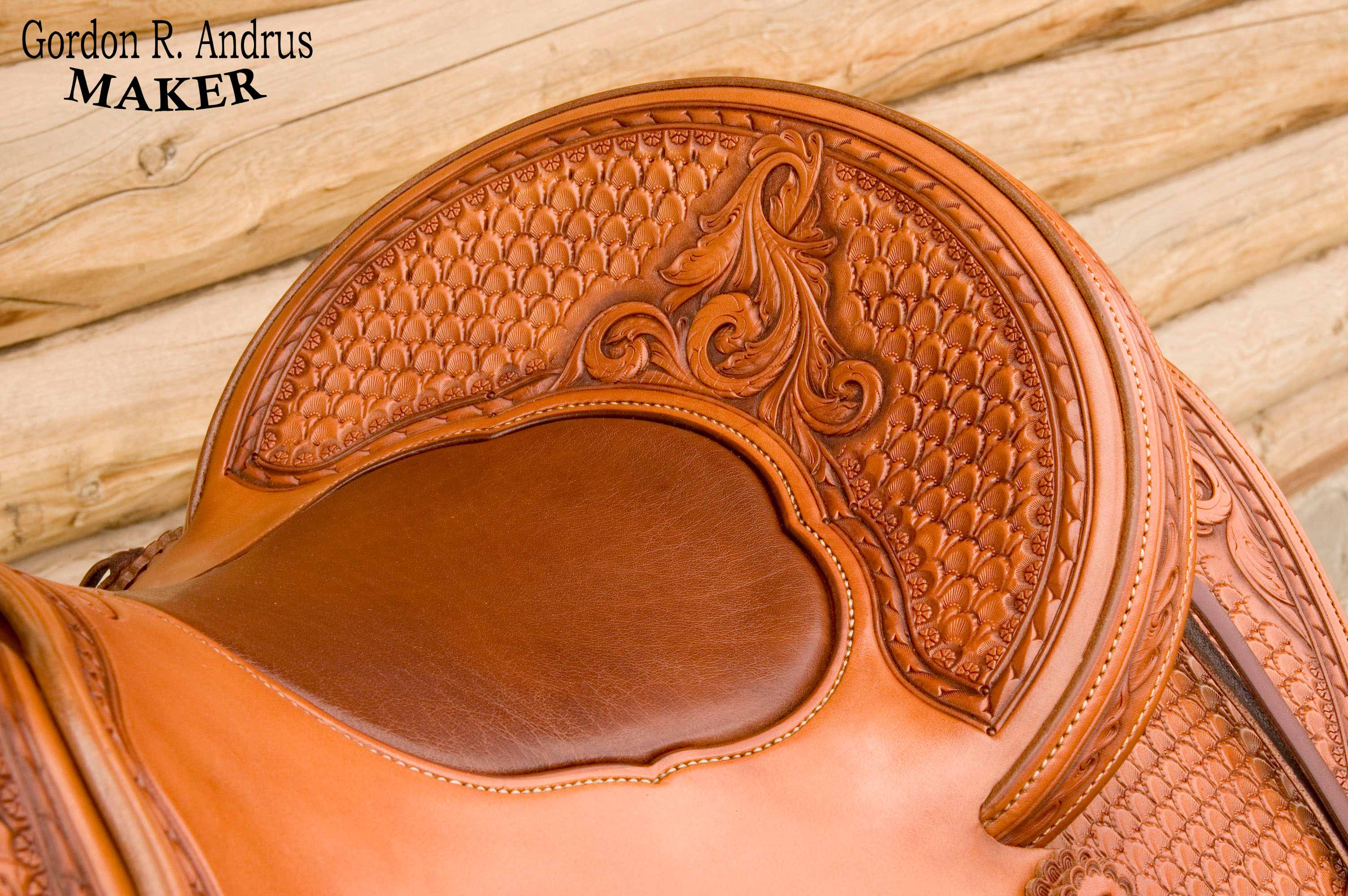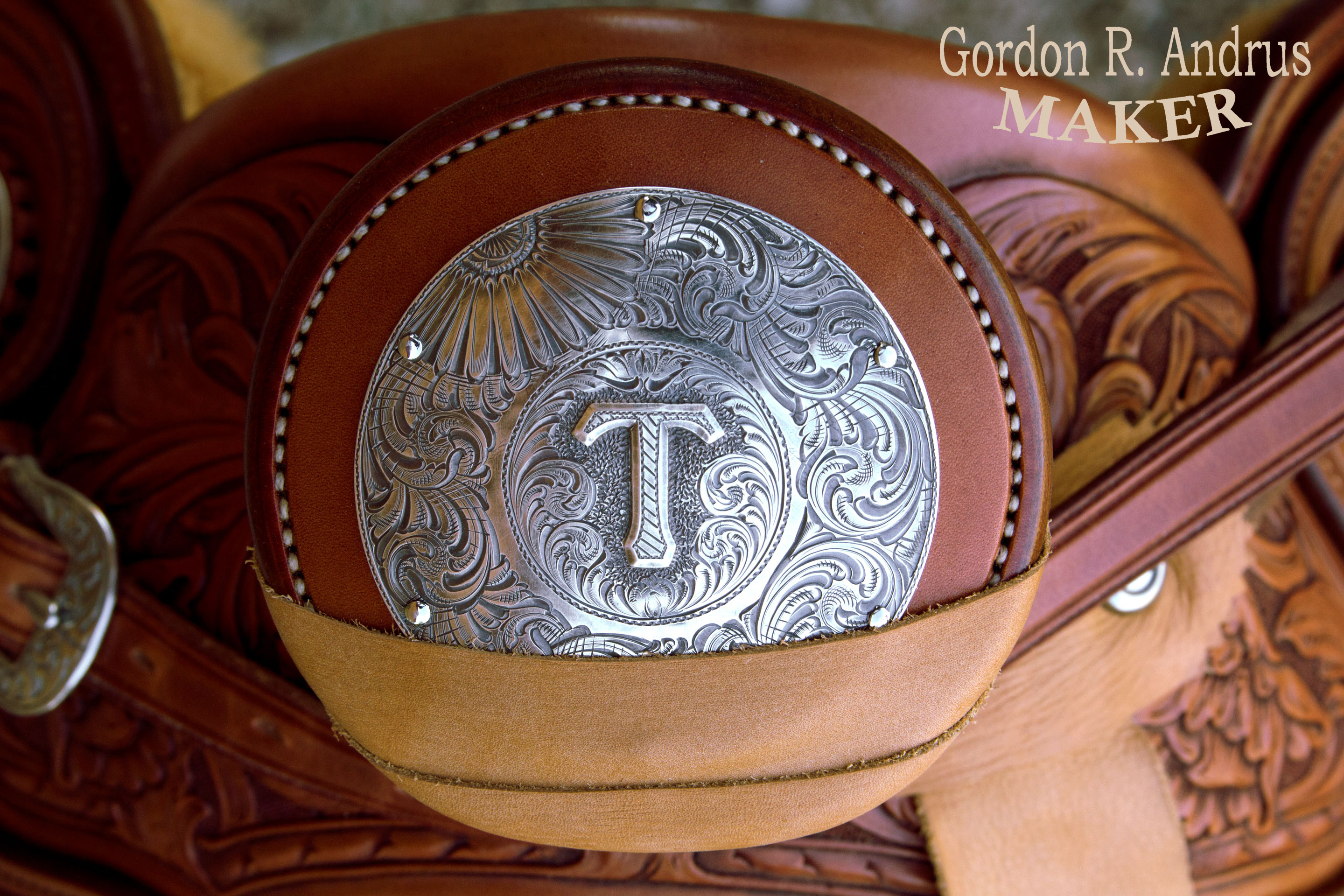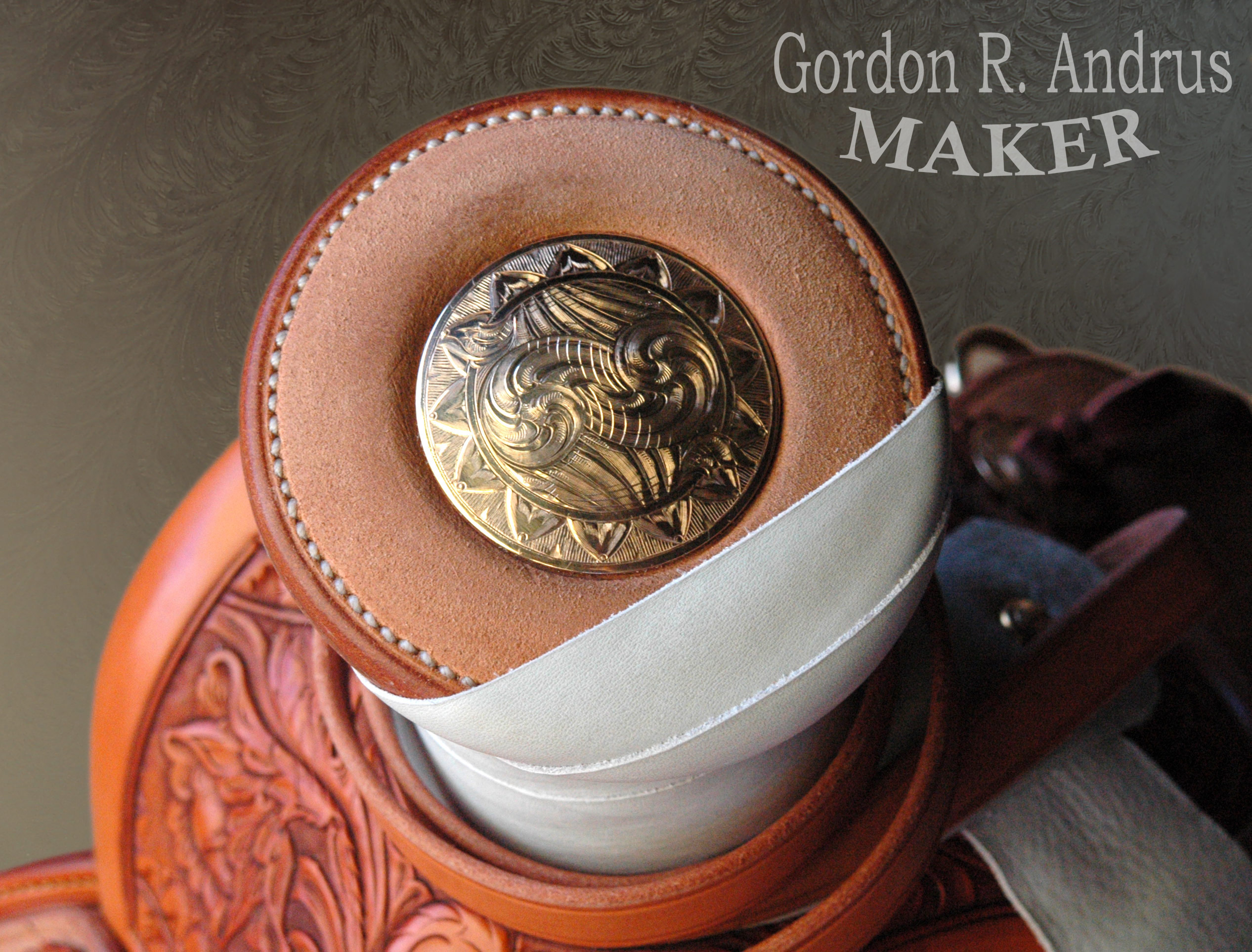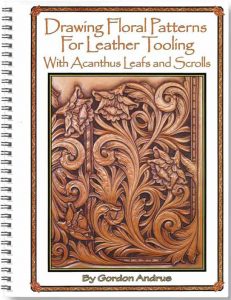Why Take Less Time When You Can Take More
Why indeed? This is a constant question that, I know, I face constantly when at work in my shop. I'm trying to balance efficiency with vision. It's easy to see where more could be done, so how do I decide when enough is enough? This is a subject that I would like to engage in depth here. For today however, I need to get back into the shop and continue work on an important deadline...
That's the dilemma. Though I tend to come down these days more and more on the side of taking more time, the result of which is that I always have less time to do everything. Glib I know, but that's all I have time for because I want to share this little video about a tool that I started making and using a few years ago. The tool is not a common one, though it certainly is becoming more common all the time. It is the Back Beveler. The picture here shows the depth and sculptural effect that it has on the work, and this short video shows how I use it.
Please enjoy this clip, and please leave questions or comments.
Gordon
